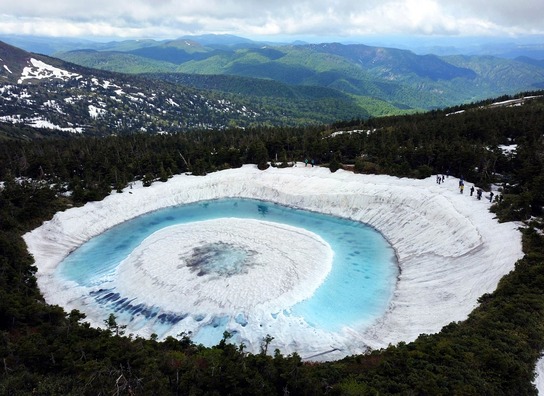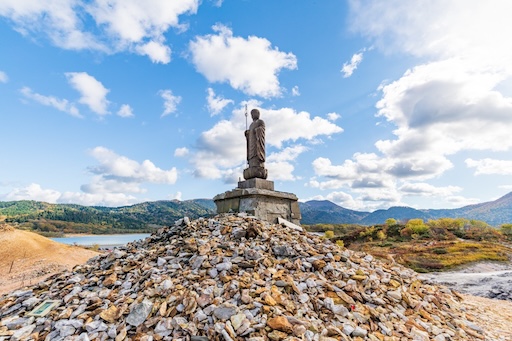Wonders Tagged Under: offbeat Japan

Dragon Eye – Lake Mashū, Hokkaido
Discover the mysterious Dragon Eye phenomenon at Lake Mashū in Hokkaido, Japan. A rare natural spect...
Read more →
Mount Osorezan – Where Sulfur Mist Meets the Spirit World in Aomori, Japan
Discover Mount Osorezan, Japan’s haunting volcanic site where sulfur mist, spiritual legends, and Bu...
Read more →